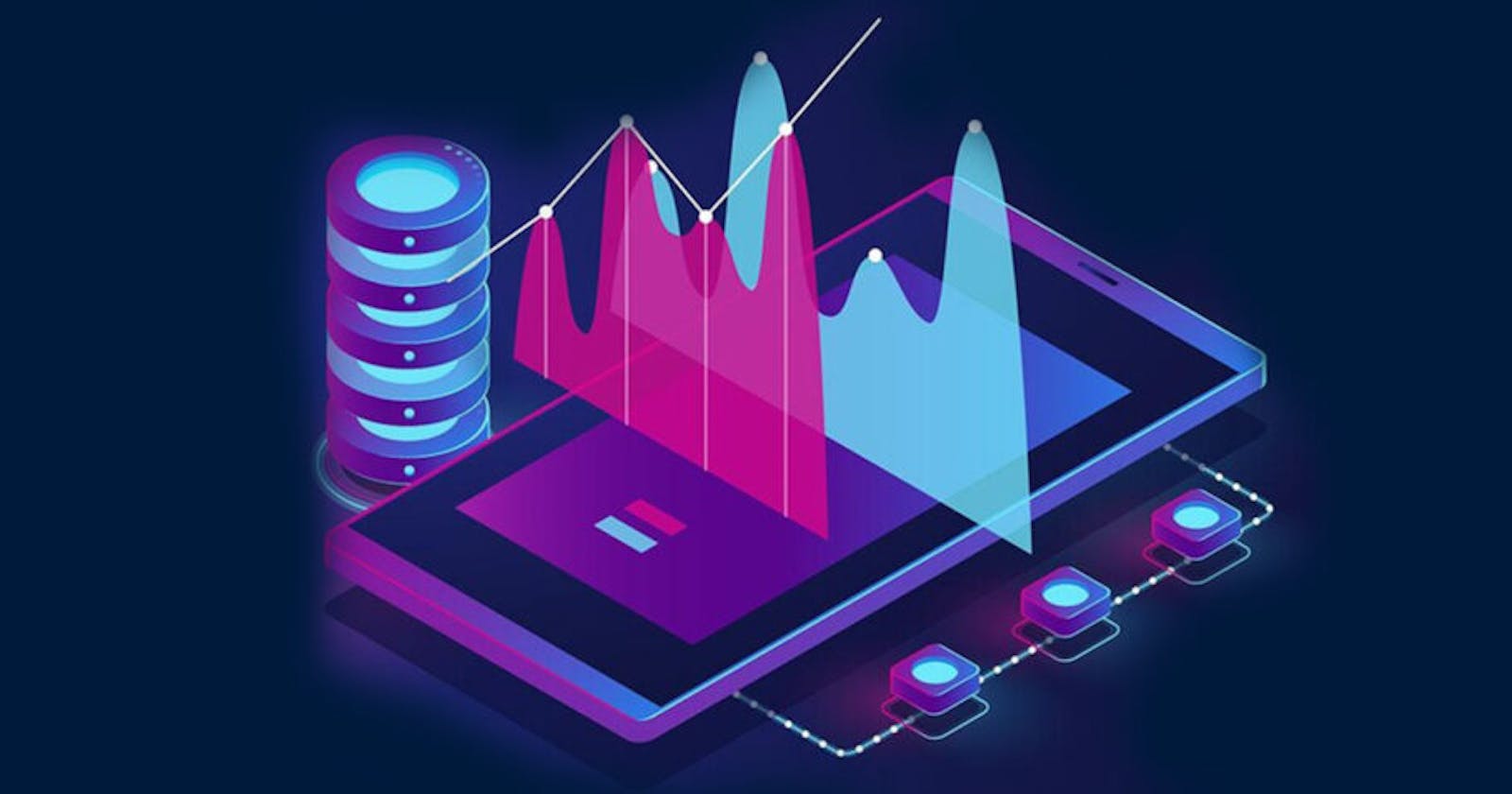We live in a world plagued with security deficiencies among other problems, most notable is the prominence of terrorist attacks. Predictive analytics, an evolving trend in the world of technology has been employed to make predictions for business corporations and organizations to maximize profits by forecasting consumer preferences for instance. With a tool so immensely powerful, there is a need to extend its application into issues as critical as security.
The digital age has resulted in the need for data to increase exponentially. Organisations and business enterprises now understand this need to satisfy the ever changing demands of their consumers and for this reason, machine learning serves its purpose of increasing the pace at which consumer data is collected and used to make predictions.
A company that capitalized on understanding the demands of its customers and the other processes of predictive analytics was the Lloyd Company which collected the data of sea voyages to predict the patterns of liability and risks for future voyages. This move signalled the wide acceptance of predictive analytics by other insurance organisations.
To curtail the frequency of attacks and other threats to security, timeliness, precision and accuracy on the part of law enforcements and the intelligence community at large is essential. To this end, how do we use predictive analytics to preserve security in our societies?
How Businesses benefit?
Through predictive analytics, companies have been able to forecast their inventory and production rates vis-a-vis the demands of consumers. Through the use of statistical, mathematical and artificial intelligence tools, firms are able to identify the goods and products that are likely to be sold at faster rates with little or no margin of error. As such, production resources are saved and put to use where needed.
In small and large corporations, we cannot deny the possibility of fraudulent activities, especially where there are system and organisational lapses. Individuals, due to perceived pressures and opportunities feel the need to embark on criminal deception for the purpose of financial/ monetary gain. Predictive analytics helps to identify and examine past cases of fraud with the purpose of identifying patterns and predicting future risks. This is possible through the application of mathematical models.
Can Predictive Analysis help Maintain Security?
Predictive analytics can be used in more dynamic ways than maximizing profit. Already, the Indian government is employing the tool to fight crime- the police stores and probes large amounts of data in real time, to identify crime patterns and predict areas prone to crime.
With such an insightful way of fighting crime, it is quite surprising that African companies and the governments are yet to employ such technology in the fight against security threats most especially insurgency and/ terrorism which oftentimes ends catastrophically.
In employing predictive analytics to fight terrorism, social media monitoring by government, security and intelligence agencies is essential. Ultimately, this will involve the collection of data to identify patterns, examine radicalized postures, posts and behaviours.
Of course, there is a limitation to this as some terrorists may not be on social media. In this case, tracking internet usage can serve as a substitute. Terrorist activities make use of internet sources to facilitate their attacks. Specifically, they sift through websites to identify densely populated regions and areas where attacks can yield maximum damage. Monitoring such searches on the web can provide security agencies with the prognosis needed to fight terrorism.
Conclusively, the possibilities of employing predictive analytics outside the borders of profit maximization for large firms and corporations, into the area of security is needed especially in African countries.

